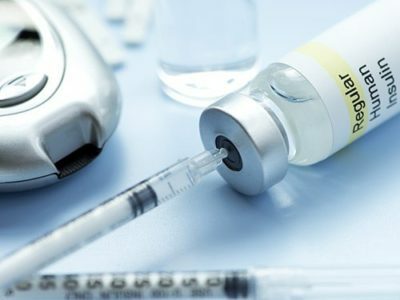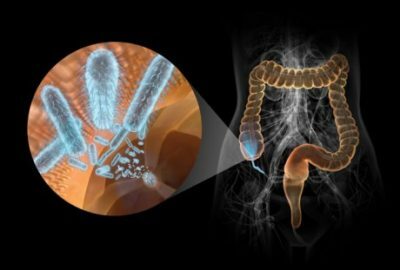1 The key that opens the cells of
The main function of the pancreas is the production of enzymes for digestion. This "work" is about 95% of its tissues. But in its structure( mainly in the tail part) there are clusters of unusual endocrine cells - the islets of Langerhans, named after the German pathologist who opened them. Differing from other cells in color, these tissues occupy about 2% of the pancreatic mass and have about 1 million islets.
Do you have gastritis?
GALINA SAVINA: "How easy is it to cure gastritis at home for 1 month. A proven method is to write down a recipe. ..!"Read more & gt; & gt;
Ostrovye beta cells are an "instrument" with which iron produces insulin, a hormone responsible for metabolism. Its molecule is a protein( protein) containing two amino acid chains: A and B. Chain A contains 21 amino acids, B chains consist of 30 disulfide bridges( a bond between two sulfur atoms).
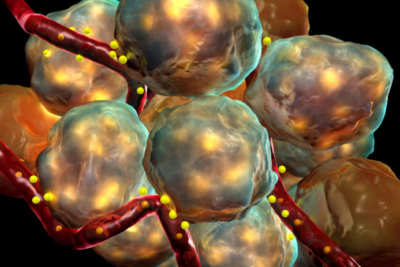
We recommend that you familiarize yourself with the

Location of the vaginal papilla
Insulin binds and is recognized by the transmembrane protein( A receptor subunit), which acts as a signal converter that activates the enzyme reaction. Although the biochemical effects of the hormone-receptor interaction have not been studied, it is believed that this pair of proteins triggers protein kinase C, an enzyme involved in intracellular metabolism.
But the main function of the hormone is related to carbohydrate metabolism. Simple or pure carbohydrates pass through the stomach and are split in the small intestine. One of the sources of energy - glucose( dextrose) - is transferred in the form of glycogen from the intestine to the liver for storage. The concentration of glucose in the blood decreases. With the arisen need of the body in an additional "fuel" the liver throws glucose into the blood, saturating the body with energy.
Dextrose itself can not penetrate into muscle and fatty tissues, which constitute two-thirds of the cell mass of a person and require energy for the functioning of the body. Insulin becomes a quasi-key, which opens up the sugar molecules of the cell. The insulin receptor activates the intracellular mechanism, regulating the functioning of membrane proteins delivering glucose to tissues.
The production of a hormone is important for cardiac activity, breathing and movement, but no less important are the other functions of the hormone:
- regulation and maintaining a balance of fats and proteins;
- activation of ribosomes - non-membrane organelles of a living cell synthesizing a protein from amino acids;
- counteracts catabolic processes in muscle fibers;
- control of the use of glucose by muscles and fat cells;
- increase in the activity of enzymes that stimulate the formation of glycogen - a form of storage of glucose in cells.
-
 IMPORTANT TO KNOW! Gastritis? Ulcer? To have a stomach ulcer not turned into cancer, drink a glass. ..Read the article & gt; & gt;
IMPORTANT TO KNOW! Gastritis? Ulcer? To have a stomach ulcer not turned into cancer, drink a glass. ..Read the article & gt; & gt;
This means that insulin is associated with all metabolic processes in the body.
2 Excess and deficiency of the hormone
A generally accepted norm of insulin in the bloodstream is a value in the range of 3 to 20 microU / ml. Deviations from it lead to biochemical disorders of lipid metabolism at a high concentration of lead triglycerides in the blood and strong metabolic decompensation( diabetic coma).
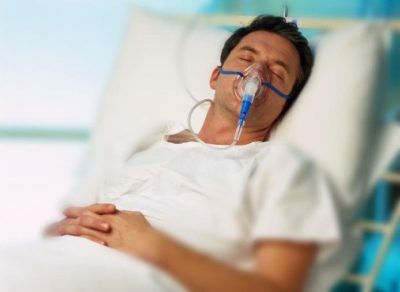
When insulin is produced in the pancreas in limited quantities or not at all, its deficiency manifests itself in a metabolic disorder: the sugar level in the blood rises. This is an autoimmune disease, provoked by the immune system of the person. Insulin in type 1 diabetes mellitus is significantly reduced. Signs of low hormone levels may be identical to the elevated level, but they are added to: trembling, increased heart rate, pallor, anxiety, nervousness, fainting, sweating.
Type 2 diabetes occurs for a different reason. Iron still regularly produces insulin, but the susceptibility of cells of this type of protein is reduced. As a result, the "key" is no longer able to provide full access of sugar from the bloodstream to the cells and create its reserves, which leads to an increase in the level of sugar in the blood. The main symptoms of this type of disease are as follows:
-
 Gastroenterologist VAZHENOV: "I beg you, if you began to worry about abdominal pain, heartburn, nausea, do not do gas at all. .."Read more & gt; & gt;
Gastroenterologist VAZHENOV: "I beg you, if you began to worry about abdominal pain, heartburn, nausea, do not do gas at all. .."Read more & gt; & gt;
- appearance of sugar in the urine( glycosuria);
- increase in blood glucose( hyperglycemia);
- increased frequency of urination( polyuria);
- increased thirst.
Diabetes is treated only with the help of regular hormone therapy after a careful examination of the condition of the pancreas of a particular patient. For this purpose, the blood taken on an empty stomach is examined and 4 refining analyzes are made within 2 hours.
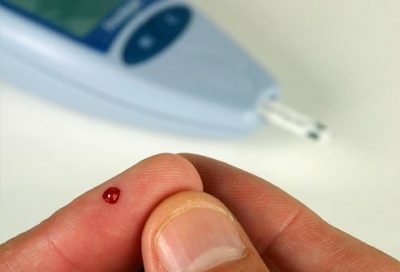
3 Search the length in the century
Throughout the twentieth century, scientists were looking for an opportunity to fill the lack of a hormone from the outside. Until the 1920s, a strict diet was used to treat diabetes, but all the search for an impeccable diet was unsuccessful. In 1921, Canadian researchers managed to extract for the first time from the tissues of the pancreas dogs hypoglycemic substance - insulin. The next year he receives the first patient, and the discoverers of the hormone F. Bunting and J. MacLeod - the Nobel Prize.
ADVICE FROM THE MAIN GASTROENTEROLOGIST
Korotov SV: "I can recommend only one remedy for the rapid treatment of Ulcer and Gastritis, which is now recommended by the Ministry of Health. .." Read testimonials & gt; & gt;

After 15 years Hans Christian Hagedorn opens the first insulin with a long-term life - NPH-insulin( neutral protamine Hagedorn), later widely used in clinical practice. By the middle of the century, it was possible to decipher the chemical structure of the hormone with the exact sequence of amino acids forming the insulin molecule, and after 40 years the researchers were able to determine the spatial structure of the hormone molecule.
In 1982, genetic engineering creates an analogue of the hormone of the human pancreas, synthesized by special non-pathogenic rod-shaped bacteria, into which the gene of human insulin is embedded. After 3 years, the first human insulin appears on the market. Previously, pig and bovine insulin was used.
Research continued, and by the end of the century analogues of human insulin appeared, becoming more and more popular with doctors and patients. This is understandable:
- Industrial insulin is highly effective.
- Drugs are safe.
- Analogs are easy to use.
- Simplified calculation of dosage and synchronization of the drug with the secretion of the hormone of your own organism.

Modern insulin therapy is based on the determination of individual dosages of insulin of a particular brand, since ready hormonal agents differ in the number of injections, use patterns, combinations of different types of insulin, the way the hormone is delivered to the body. Insulin-dependent patients were able to significantly improve quality and life expectancy.
4 Kinds of substance
A healthy human body, producing a certain amount of insulin, provides a constant concentration of blood sugar day and night. For a patient with diabetes, the required level of glucose is achieved by the introduction of drugs and adequate control.
Currently, the disease is treated with human insulin, produced synthetically or genetically, but with a biochemical structure identical to the hormone produced by the human pancreas.
Modern types of insulin differ in the time of their action:
| Types of insulin | Preparations | Commencement of action | Duration of action |
| Ultra-short( fast) | NovoRapid® Penfill®, Humalog, Apidra | from 5 to 15 min. | 3-4 hours |
| Short-acting | Actrapid NM, Humulin, Insuman Rapid® | 30 to 45 | 5-8 hours |
| Intermediate( medium-term) | Protafan NM, Humulin NPH, Insulatard, Bazal | 1.5 hours | 9-18 hours |
| Long-term | Lantus, Lewemir | 1-2 hours | 24-30 hours |
Mixed forms consist of a combination of short or fast insulin with a medium-long duration. Their advantage is that the action begins quickly and long-term, reducing the number of necessary injections.
Traditional insulin therapy requires a strict regulation of life, suggesting the appropriate mode of food intake and the use of fast( short-acting) insulin to absorb increased after eating sugar in the blood. Intensive insulin therapy is the most approximate to the physiological secretion of insulin. Its advantages are greater freedom of insulin dependent in determining the dose, the time of ingestion, the nature of physical activity, etc.
- 1 Key that opens the cells
- 2 Excess and deficiency of the hormone
- 3 Length search in the eyelid
- 4 Kinds of substance
The pancreas is a kind of "factory", where insulin is produced, which is responsible for the transportation of sugar from the blood to the cells of the body. This vital hormone supplies them with "fuel" to maintain energy balance and normal metabolism.

